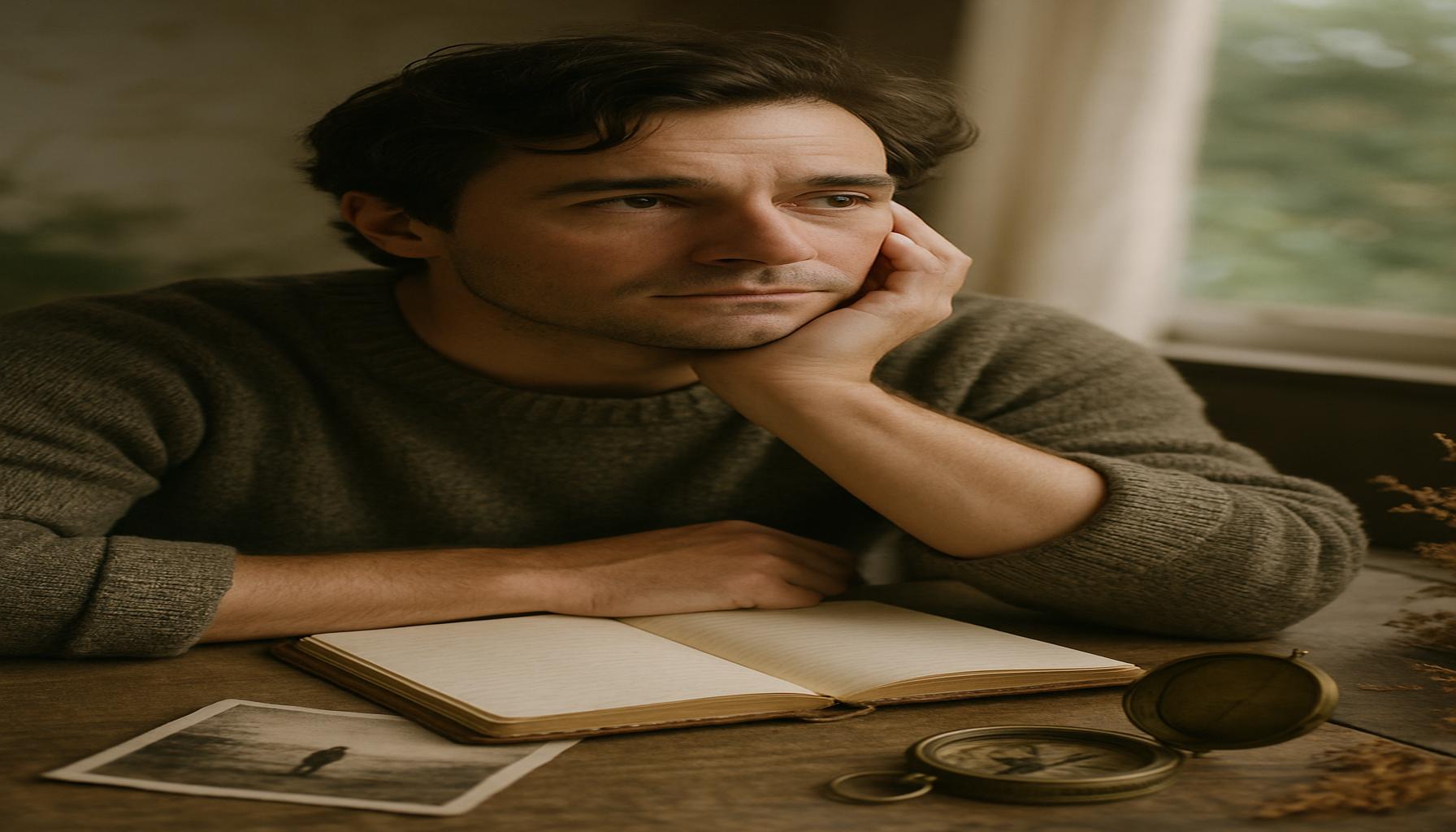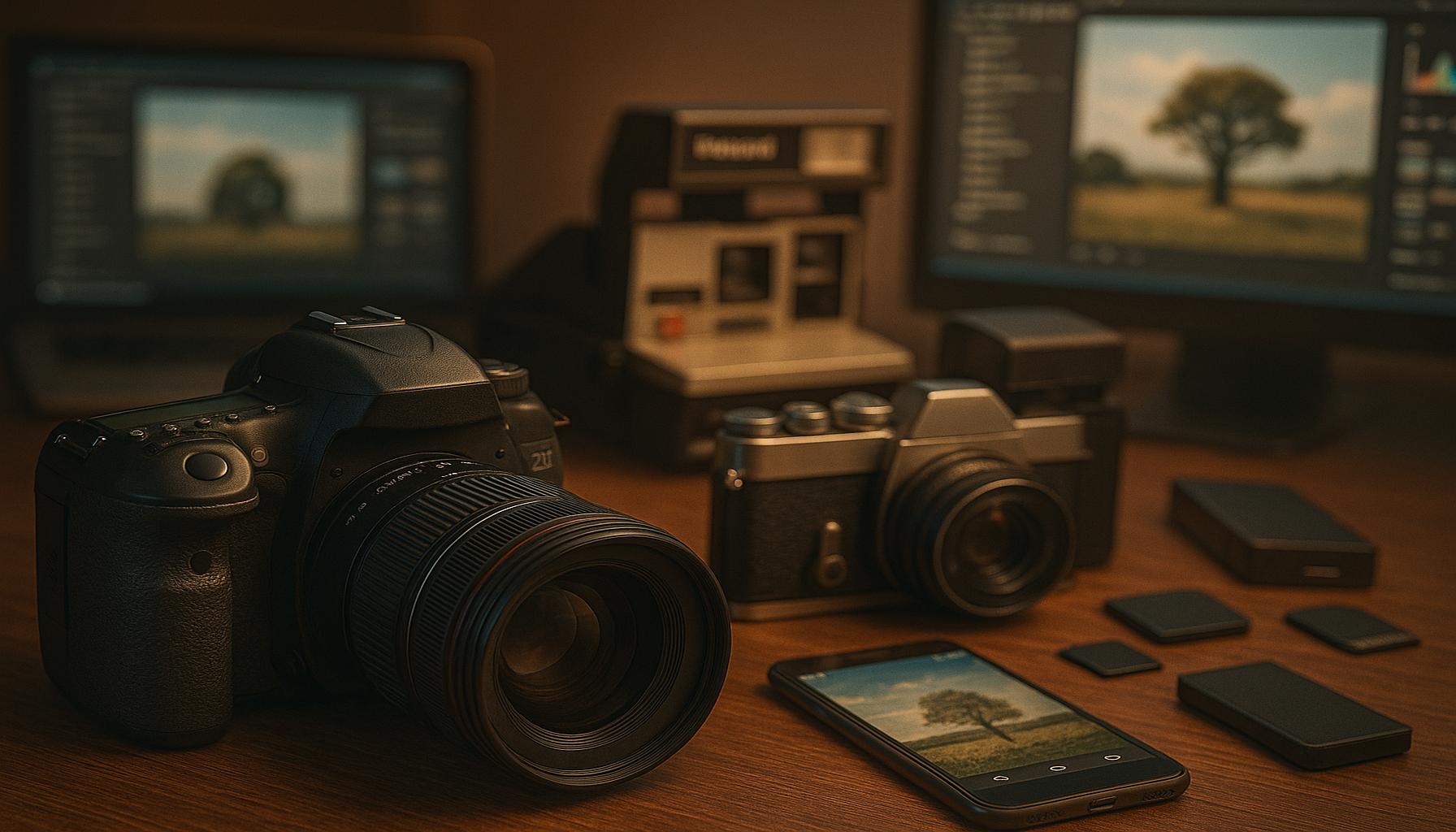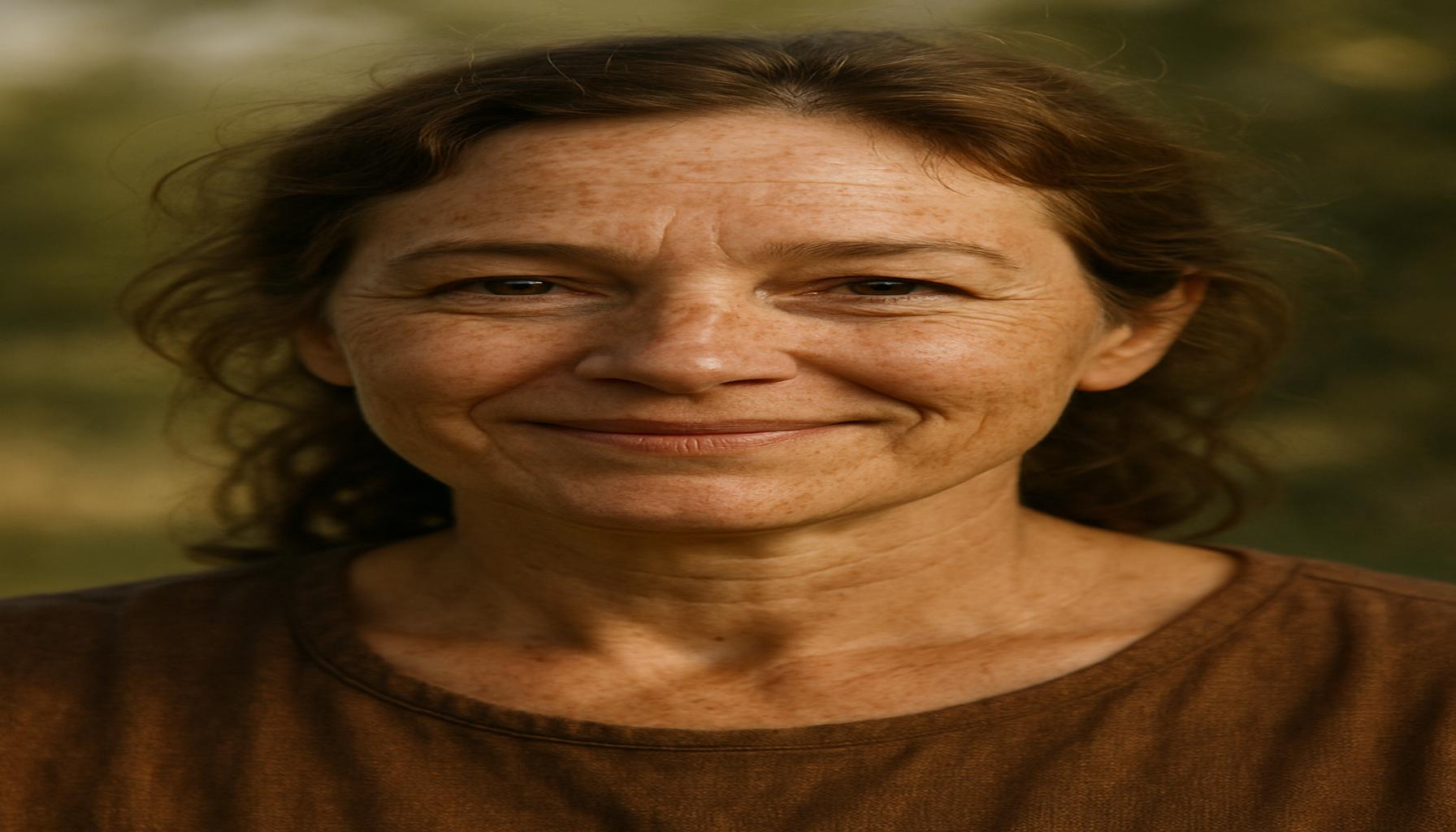Fashion Photography: The Intersection of Style, Identity, and Creativity
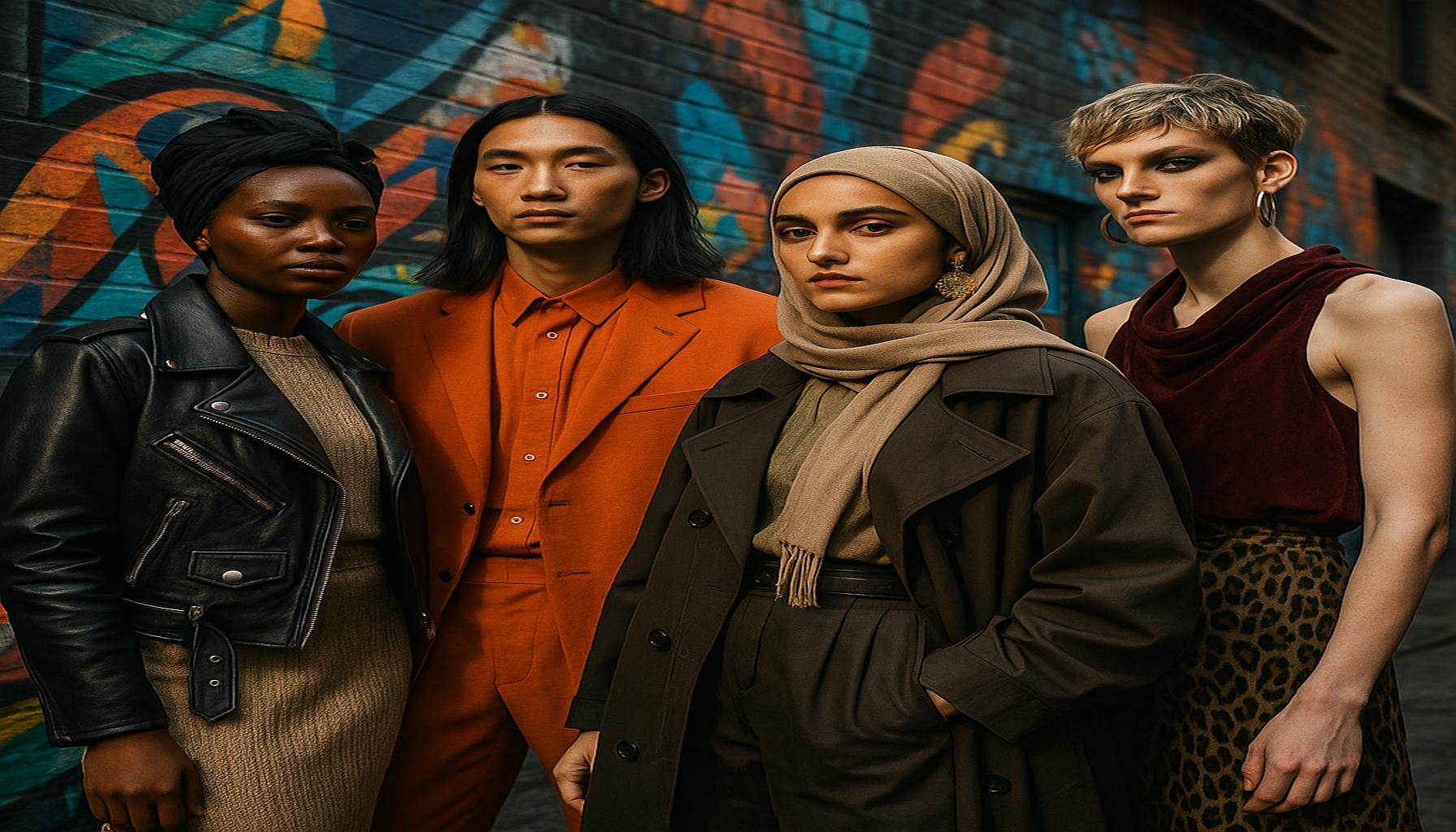
The Intersection of Style, Identity, and Creativity
At its core, fashion photography encapsulates far more than mere clothing; it is an exploration of personal narratives and cultural discourses woven into fabric. When a photographer snaps an image, they are not just capturing an outfit—they are freezing a moment in time that can convey the intricate connections between style, identity, and creativity. Each photograph serves as a medium through which models express their individuality, often reflecting societal trends and cultural phenomena.
Unique Styles
Fashion photography’s diverse expressions range from haute couture to eclectic streetwear, each style telling its own story. For instance, a striking editorial shot featuring a flowing gown may evoke fantasies of high society and glamour, while a gritty image of someone wearing distressed jeans and a graphic tee could reflect youthful rebellion and urban culture. Recognized photographers like Annie Leibovitz and Mario Testino have crafted images that immortalize style movements, influencing trends and shifting public perceptions toward different fashion statements.
Diverse Identities
In recent years, fashion photography has made significant strides in promoting diversity and inclusivity. It’s essential that this genre embraces a myriad of identities—including variations in gender, ethnicity, and body types. Campaigns that feature models of different backgrounds are essential in representing the dynamic tapestry of society and challenging conventional beauty standards. For example, brands like Aerie and Fenty Beauty have embraced this shift, promoting models who reflect a spectrum of identities rather than conforming to traditional ideals. This shift not only empowers individuals but also encourages consumers to seek representation in the fashion industry.
Creative Expression
Another critical aspect of fashion photography is its role as a vehicle for creative expression. Photographers collaborate with stylists, makeup artists, and models to create visually arresting images that often blur the lines between fashion and art. Iconic fashion shoots, such as the surreal compositions of David LaChapelle, not only challenge conventional aesthetics but also provoke thought about underlying societal and cultural themes. Such artistry invites viewers to delve deeper into the symbolic meanings behind the garments and styling choices, encouraging a dialogue about contemporary fashion narratives.
In the United States, noteworthy events like New York Fashion Week serve as pivotal platforms for amplifying these creative expressions. At these events, trends are launched, and groundbreaking designers reveal their visions, making fashion photography an indispensable tool in shaping not only the industry but also broader social conversations. The synergy of art and commercial appeal in this genre highlights its significance in today’s cultural landscape.
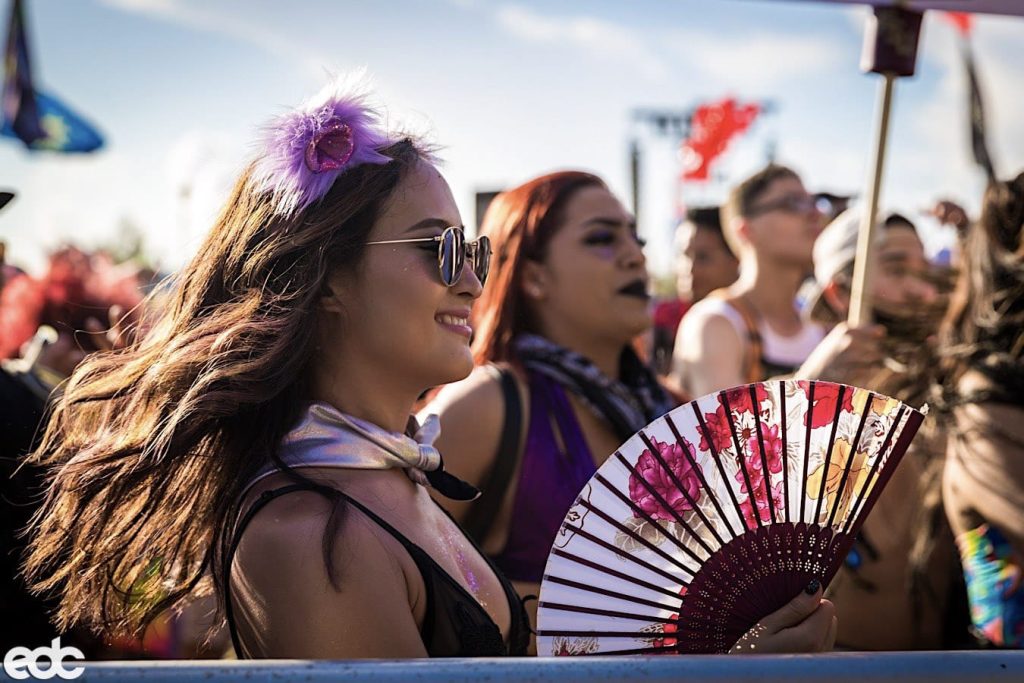
As we navigate the vibrant landscape of fashion photography, we gain insights into the influences that shape this visual storytelling form. From the talents of bold photographers to the compelling narratives presented in high-profile campaigns, every facet of fashion photography provides a fresh perspective on how we perceive our style and identity. Stay tuned for an in-depth exploration of these captivating elements in the chapters to come.
DISCOVER MORE: Click here for essential sculpture techniques
Capturing Essence Through the Lens
Fashion photography, as a genre, has the unique ability to encapsulate not only the garments worn by models but also the essence of personal style and the cultural narratives that surround those choices. Photographers play a crucial role in this dynamic, utilizing their skills to create visually striking images that resonate with audiences on multiple levels. These images go beyond showcasing fashion; they delve into a world where identity and creativity intersect, making the viewer reflect on their own perceptions and experiences.
The Role of Photography in Defining Style
The evolution of fashion photography has been intrinsically tied to shifts in societal standards and personal expression. Over the decades, photographers have contributed significantly to defining what is considered fashionable. With the rise of social media platforms like Instagram and TikTok, the power dynamics of fashion photography have shifted, allowing everyday individuals to catalyze trends and influence style narratives. The democratization of style means that now, more than ever, anyone can become a fashion icon in their own right through captivating visuals.
Consider the following factors that contribute to how style is portrayed in fashion photography:
- Context: Photographers often use locations and settings that enhance the story behind the clothing, be it urban landscapes, idyllic nature scenes, or minimalist studios.
- Color Palette: The choice of colors can evoke specific emotions and associations, affecting how an outfit is perceived and understood.
- Lighting: Light influences the mood of a photograph, creating a range from ethereal to moody, which directly affects the representation of style.
- Composition: The arrangement of elements within a shot can emphasize or detract from the garments, showcasing creativity as a fundamental aspect of fashion.
Identity Through Fashion Photography
As societal norms shift, fashion photography becomes a powerful platform for expressing identity. The genre has increasingly recognized the need for representation, highlighting models from diverse backgrounds, shapes, and styles. Movements advocating for body positivity and the celebration of different cultures have prompted a transformation in how fashion photography is approached. Notable campaigns have emerged that intentionally include models with varying appearances and experiences, demonstrating that fashion is inclusive and should resonate with all individuals.
Brands that showcase diversity are not only fulfilling a social responsibility; they are also tapping into a broader market. Studies consistently show that consumers, particularly Millennials and Gen Z, expect brands to reflect the diversity of the world around them. Consequently, the fashion industry is adapting by employing a spectrum of models in their campaigns, thus promoting a healthier conversation around identity and the self-image.
This journey into the world of fashion photography is only the beginning. The interplay between style, identity, and creativity is profound, inviting further exploration into how these elements shape contemporary narratives in fashion. As we delve deeper, we will uncover the nuances that highlight the intricate relationship between personal expression and collective trends, igniting curiosity about future trajectories in this ever-evolving realm.
| Advantage | Description |
|---|---|
| Visual Identity Creation | Fashion photography acts as a vital tool in helping individuals curate and express their unique identity through visual storytelling. |
| Cultural Commentary | It serves as a platform for cultural dialogue, reflecting societal changes, trends, and identities that shape our understanding of fashion and personal style. |
Delving deeper into the realm of fashion photography reveals its dual role as both an artistic expression and a medium for societal reflection. Through striking visuals, photographers not only capture the essence of style but also embody individual identities, allowing viewers to connect on a personal level. This dynamic intersection invites exploration into how fashion communicates values and heritage, emphasizing the creative process behind each photograph. Furthermore, fashion photography serves as a critical lens through which cultural narratives are formed. It showcases diverse perspectives and promotes inclusivity, revealing how identity influences style. As trends evolve, fashion photography continuously adapts, challenging traditional norms and inspiring creativity, encouraging everyone to embrace their unique vision. Discovering more about this interplay can ignite discussions on how trends reflect broader societal changes, enticing readers to explore the multifaceted world of fashion photography.
DIVE DEEPER: Click here for essential techniques and materials
The Influence of Technology on Fashion Photography
In an era defined by technological advancement, the field of fashion photography has witnessed a seismic shift, altering the way style and identity are captured and communicated. The digital revolution has not only optimized the production and dissemination of fashion imagery but has also fostered a culture of immediacy and accessibility. As a result, photographers now have a platform that reaches global audiences within seconds, amplifying their creative expressions and bringing forth new styles and narratives.
Digital Tools and the Art of Creation
The availability of powerful editing software and high-quality camera equipment has empowered photographers to explore their artistic visions in more profound ways. Tools such as Adobe Lightroom and Photoshop allow for intricate manipulation of images, enabling authentically crafted visuals that may not be possible through traditional photography alone. This increased control facilitates a unique expression of identity, allowing photographers to curate their work according to their personal and cultural perspectives.
Moreover, the rise of smartphone photography has democratized the space, equipping every individual with the capability to engage with fashion photography from their devices. Services like Instagram have fostered a community where style is continuously redefined. Micro-influencers and amateurs share their unique takes on fashion, contributing vibrantly to the ongoing dialogue surrounding identity and aesthetics.
The Role of Social Media in Fashion Narratives
Platforms such as TikTok and Instagram have not only shifted the dynamic between fashion brands and consumers but have also created an interactive narrative revolving around personal style. Hashtags like #OOTD (Outfit of the Day) or #FashionInspo invite users to showcase their ensembles, emphasizing authenticity and individualism in fashion. This user-generated content fosters a sense of belonging and community while pushing the boundaries of traditional fashion photography.
Furthermore, social media’s algorithmic structure magnifies certain styles or identities over others, reflecting broader cultural currents. Aesthetic movements often begin within these virtual spaces, propelled by the collective creativity of diverse voices. Notably, the explosion of Y2K fashion in recent years illustrates the impact of social media on shaping style, as nostalgia meets contemporary trends—sparking a renewed fascination with past identities.
Shifting Representation and Challenges Ahead
Despite the strides made in representation, challenges remain within fashion photography. The visual narratives that emerge from the industry can occasionally perpetuate stereotypes or fail to capture the true essence of diversity. High-profile events, such as a lack of representation for LGBTQ+ individuals in mainstream campaigns, highlight the need for a more nuanced approach to identity. However, initiatives and educational campaigns argue for broader inclusivity and accessibility, pushing industry stakeholders to make conscious efforts towards change.
As photographers, models, and brands continue to navigate this evolving landscape, a collective responsibility emerges to highlight authentic stories and diverse identities. Through conscious decision-making and innovative photography, the fashion industry can utilize its influence to forge a more equitable representation of style and identity that resonates on a global scale.
The fusion of technology and art within the realm of fashion photography continues to serve as a compelling backdrop for examining the intersection of style, identity, and creativity. As this narrative unfolds, we can anticipate further exploration into what defines fashionable expression in an increasingly interconnected world.
DIVE DEEPER: Click here to learn more
Conclusion
In conclusion, the realm of fashion photography serves as a vibrant crossroads where style, identity, and creativity intertwine to reflect and shape cultural narratives. The infusion of technology, particularly through digital tools and social media, has transformed this art form into a dynamic platform with the power to redefine norms and challenge traditional representations of beauty and identity. As we navigate this ever-evolving landscape, it is crucial to recognize the responsibility that comes with such influence.
The democratization of fashion photography has enabled voices from diverse backgrounds to emerge, fostering a sense of community and belonging. This facet of the industry invites us to contemplate our own identities and how they intersect with the broader cultural tapestry. Nevertheless, challenges persist, as the pressure for representation must be balanced with an authentic narrative that avoids stereotypes and celebrates the richness of varied experiences.
As we move forward, it is imperative for photographers, brands, and consumers to collectively advocate for inclusivity and authenticity in their visual portrayals. By remaining aware of the impact of our choices, we can contribute to a more equitable landscape in fashion photography that not only captivates the eye but also resonates with the heart. This ongoing dialogue about style, identity, and creativity will continue to evolve, opening new pathways for expression and understanding in an ever-connected world.

